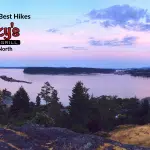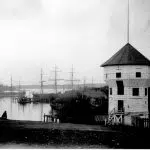
Climate action, residential school justice top Indigenous election priorities
OTTAWA — Many Penticton Indian Band community members in British Columbia were used to looking out from their living room windows to see the city spread out across the Okanagan Valley. Now, they just see smoke.
“This is the smell of negligence on the part of both the federal and provincial governments,” said Grand Chief Stewart Phillip of the Union of B.C. Indian Chiefs.
He said his community and other Indigenous communities in B.C. are now at risk of becoming climate crisis refugees like many other First Nations people who have lost their homes to wildfires in northern Prairie provinces and Ontario over the last two decades.
“We are in that drought situation here in British Columbia as well as Alberta and the Prairies,” he said.


